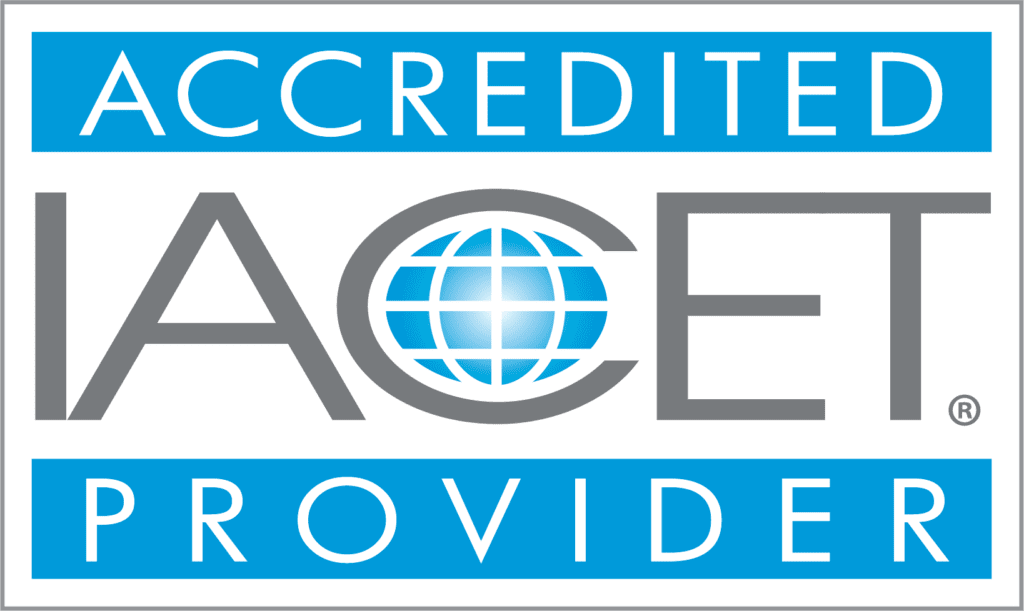Picture this… you’re lying in your warm, cozy bed on a rainy day. The alarm just went off, and you’re mentally preparing to get up and get your day started. As adults, we know the inevitable is coming: We have to get up, shower, dress, and head out to work.
What would the three-year-old you want to do? Stay in bed! Pull up the covers and refuse to move on with your day! After all, it can be very difficult to leave a pleasing situation and move to something more expected. And that’s what happens with transition times in a classroom full of little ones!
Ever have a situation where you need to move on and keep the day going, yet you struggle with getting the children to do what you say?
Like… maybe a few are excited to go outside, but many others want to stay in and continue playing.
Or maybe a couple of kids start cleaning up, but the rest are acting wild and crazy.
If any of this sounds familiar, you’re in good company. It happens to teachers everywhere! Thankfully, planning for transitions and troubleshooting potential disasters can help make transitions just another part of your day, which will help you have fewer chaotic moments.
Tips for Transition Time: From One Thing to the Next!
Even as adults, we all have times where we just aren’t feeling whatever comes next for us and we don’t “wanna.” Unsurprisingly, the little ones in your classroom are no different, and they surely don’t have the same emotional regulation skills that you do to navigate these shifts! That’s typically where the struggle comes in.
If you’re having a tough time during transitions in your classroom, here are a few things you can try:
- Think ahead. Think through your day, and make a list of each and every transition. Most days will include arrival, circle time, centers, snack, outdoor play, potty time, and dismissal. Talk it through with your coworkers or director. It’s just as important to plan for handwashing before snack time as it is to plan for circle time. All of this planning ahead will help your schedule run smoothly.
- Plan for wait time. Planning for transitions means you have thoughtfully considered the amount of time your students have to wait. If it’s longer than two minutes, it’s a good idea to provide an activity for those who are waiting, like singing the alphabet song, or looking at the shapes and colors wall. You could even have a hopscotch rug for them to play with, a basket of little chalk or magnet boards, or a basket of board books.
- Give clear instructions. Reminders and clear expectations can go a long way during transition times. For example, tell them what you are going to do before you do it (but keep it simple!). For example: “Let’s get our artwork from the table and put it in our backpacks.” Give an instruction, then watch the children as they fulfill it, and offer help if they’re struggling. And remember, always allow for mistakes and delays!
- Be consistent. Knowing exactly what’s expected makes us all better rule followers, right? Children thrive on consistency because it helps them know what’s expected of them. Kids catch on quickly, and they’re really good at remembering how things are done, especially if you do the same thing over and over with them. So, as often as possible, keep a consistent routine. It’s a key component to smooth transitions.
One of the best ways to get even more good ideas for transitions is to talk with others who are in the same position as you. That’s right — lean on your coworkers! You’re in the same boat, and you can help each other more than you know. Sometimes, a coworker will have an amazing idea that actually works, and applying it in your classroom can make a world of difference.
Improve Transition Time in Your Classroom!
Transitioning your class from one activity to another can be challenging, but simply shifting your mindset and how you think about transition time can actually add up to big impacts on those little ones in your care. If you think about transitions as an extension of learning time, you can use these routines to grow your students’ oral language skills, reinforce previously taught concepts, and improve their social and self regulation skills.
At Impact Early Education, we know your work is never done. That’s why we provide valuable professional development courses for preschool teachers, directors, and owners in a way that works for you. To learn more, explore our courses or contact us today!

